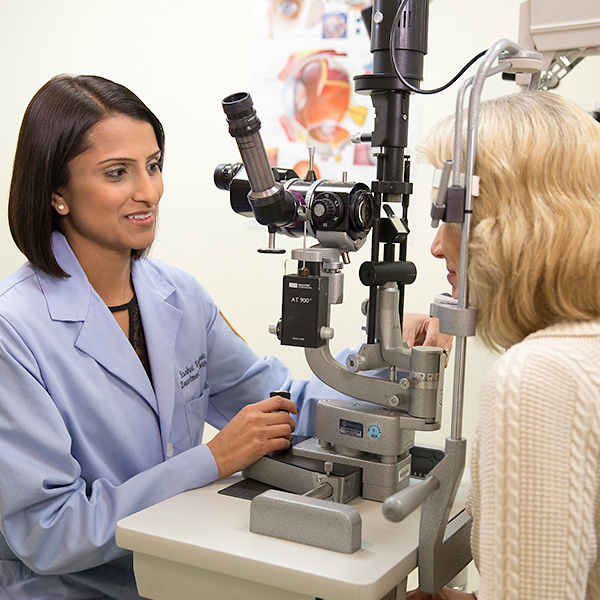Droopy Eyelids (upper and lower)
Overview and Facts about Droopy Eyelids
A droopy eyelid is an ophthalmology condition known as ptosis or blepharoptosis in which your eyelid falls below its normal position. It can happen in one or both eyes and can affect either the upper or lower lid. In extreme cases, the drooping lid can interfere with your vision.
You can be born with ptosis or it may develop over time. Some cases are isolated occurrences, while others can warn you of more serious underlying issues with your muscles or nerves. The condition can come and go or it can become permanent.
Signs and Symptoms of Droopy Eyelids
The most obvious sign of ptosis is sagging eyelids. Like many ophthalmology conditions, it may be accompanied by other signs and symptoms, including:
- Dry eyes
- Watery eyes
- Aching eyes
- A tired-looking face
Causes and Risk Factors of Droopy Eyelids
Droopy eyelids can result from multiple issues. Sometimes, ptosis is present at birth, while other times it develops as you age. It may arise due to a weak levator muscle, which lifts your eyelid, or could occur after LASIK or cataract surgery stretches a muscle or tendon.
Droopy eyelids can also be caused by underlying medical conditions, including:
- Strokes
- Brain tumors
- Cancer
- Myasthenia gravis
- Oculopharyngeal muscular dystrophy
- Progressive external ophthalmoplegia
- Horner’s syndrome
- Eye trauma
Tests and Diagnosis of Droopy Eyelids
To diagnose droopy eyelids, your doctor will examine your eyes and talk to you about your symptoms. Questions may be posed about how long your eyelid has been sagging and if you have any other issues, such as migraine headaches.
Your doctor may perform a slit lamp exam, where they look at your eye with high-intensity light, or they may dilate your eyes to get a better view of the situation. Your doctor may also use a Tensilon test if they’re concerned about muscle weakness. For this test, a medication called Tensilon will be injected to see how it impacts your other muscles. This test can rule out or confirm certain conditions like myasthenia gravis.
Treatment and Care for Droopy Eyelids
The root cause and severity of your ptosis determines how your doctor treats it. If your droopy eyelids are from normal aging and they don’t bother your vision, treatment may not be necessary. However, if an underlying condition caused your eyelids to sag, the condition will be treated.
In most cases of ptosis, your doctor will recommend either a ptosis crutch or surgery. A ptosis crutch uses an attachment on a pair of glasses to hold your eyelid in place. If surgery is pursued, your doctor will tighten the levator muscle, lifting your eyelid into its correct position.

